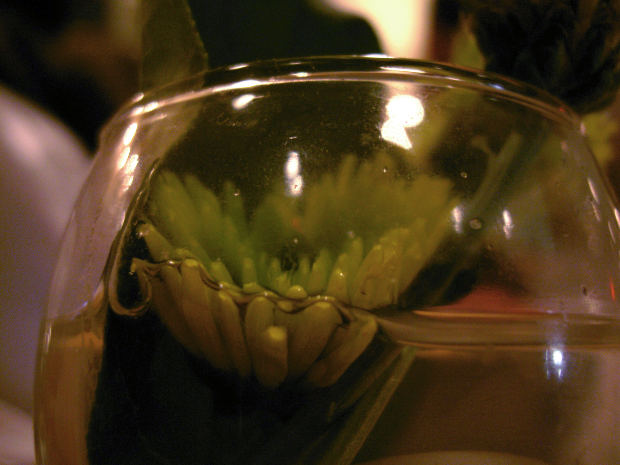 Loading... Please wait...
Loading... Please wait...Save Money. Grow Your Own!
Fast Plain Box Shipping.
We ship to the US & Canada.
Grow Your Own!
Hydroponics: Glass or Plastic for a Greenhouse?
Posted on 10th Aug 2014
For those who are growing hydroponic plants in a greenhouse environment, there’s a simple choice to be made when it comes to setting up the environment for your plants. Choosing glass or plastic for those areas that allow sunlight to filter into your grow room can be an important decision that requires some thought.

Pros and Cons of Glass
Glass is an elegant material, and durable, but it’s also pretty inefficient for some projects. On the plus side, for grow rooms located in cold climates, glass can be a way to provide for a comprehensive ‘greenhouse effect’ that’s useful throughout the year, not just for plants, but for other building uses. The key here is that effective glass needs to be double or triple layer in order to keep in heat. The cost and logistics of providing double or triple layer glass is one of the big drawbacks for this material. Some growers also claim that glass can direct light in ways that can really hurt plants if the greenhouse is not set up properly.
Pros and Cons of Plastic
Some of the big pluses for plastic relate to installation, along with the versatility that plastic provides. Plastic installations don’t need to be set up in precisely level two-dimensional planes. It’s relatively easy to make plastic fit any frame, and adding layers is not generally difficult. There is a need to have plastic that has enough transparency to admit sunlight, but beyond that, there won’t be as many problems for growers to anticipate as there would be with glass.
Alternatives to Glass and Plastic
In addition to choosing glass or plastic for a greenhouse, growers can choose fiberglass or similar alternative materials. Another way to grow hydroponic plants is with a fully enclosed grow box, or for larger volumes of plants, a grow tent that comes with everything you need to create a fully customized environment for your plants. Look at what’s available in terms of grow box and grow tent units and think about whether this is a practical alternative for your next hydroponics project.
